3D Printing Shoes Service
High-Quality Customized Footwear | Our 3D Printing Shoes Services offer high-quality and customized footwear for individuals and businesses. Our cutting-edge technology allows us to produce shoes with precision and speed, while providing unique designs and sizes that perfectly fit our customers' needs. Contact us today to experience the future of footwear!
3D printed shoe model case
Personalized Customized Shoe 3D Printing
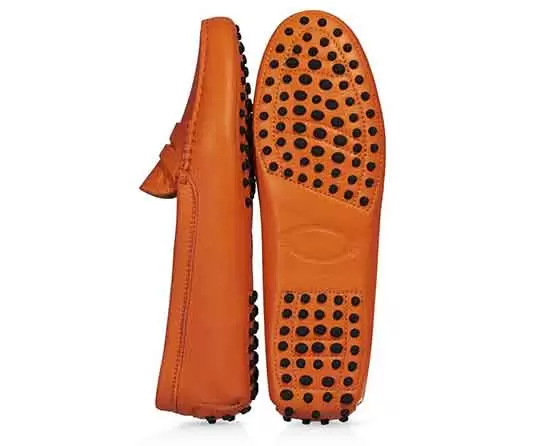

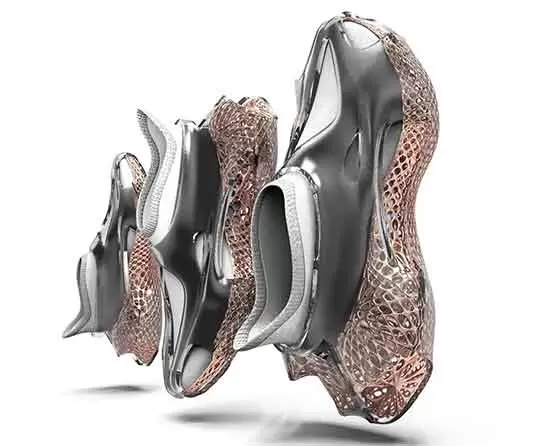
Mass production Footwear 3D Printing
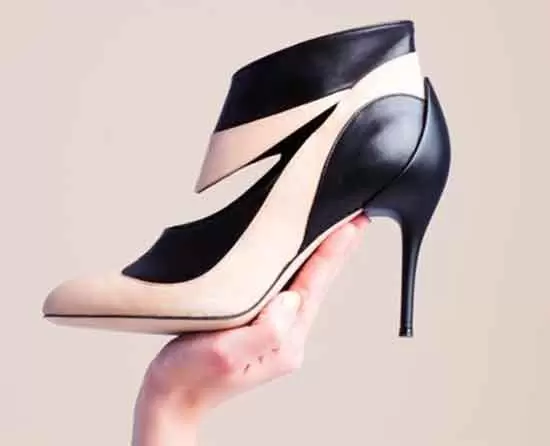
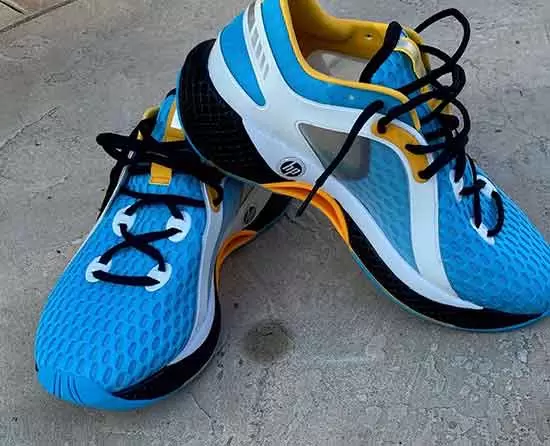
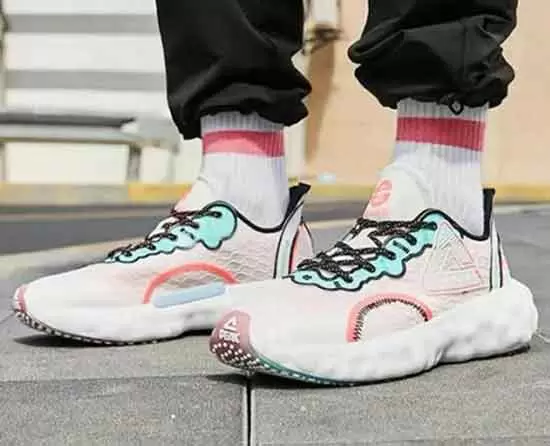
3D Printing Shoe Models Service Overview
Application of 3D printing in the shoe industry
3D printing is a technology that can create physical objects from digital models by depositing layers of material on top of each other. In the shoe industry, 3D printing has various applications that can benefit both producers and consumers. For example, 3D printing can enable customized shoe design and fit, reduce material waste and environmental impact, and create innovative shoe features and aesthetics. Some of the challenges of 3D printing in the shoe industry include high costs, limited materials, and durability issues. However, as the technology advances and becomes more accessible, 3D printing has the potential to revolutionize the shoe industry in the near future.
The advantages of 3D printed shoes
- 3D printing shoe is a technology that enables faster and more flexible production cycles for footwear. Unlike traditional methods that rely on molds and cutting, 3D printing shoe can create customized shapes and designs directly from digital models. This allows for more creativity and innovation in shoe design, as well as more responsiveness to customer preferences and market trends. 3D printing shoe can also reduce waste and environmental impact, as it uses less material and energy than conventional manufacturing processes.
- 3D printing shoe is a technology that allows creating customized footwear on demand, without relying on traditional manufacturing methods. By using 3D printing, shoe makers can reduce the need for expensive and wasteful materials, labor and transportation, which can lower the environmental impact and increase the profit margin. 3D printing shoe also offers more design possibilities and personalization options for customers, who can choose their own style, size and color of their shoes.
- With 3D printing shoe technology, customers can enjoy more customization and personalization options for their footwear. They can choose their own design, size, color and material preferences, and have their shoes printed on demand. This way, they can express their individuality and style, while also getting a comfortable and durable shoe that fits their needs.
3D printing shoe mold service process
The 3D printing shoe mold service process usually includes the following steps:
Firstly, it is necessary to design shoe molds based on the customer's needs and requirements. This can be achieved by using computer-aided design (CAD) software. When designing shoe molds, it is necessary to consider the size, shape, material, and other details of the shoes.
Based on the designed shoe mold, a 3D model needs to be created. This can be achieved by using 3D modeling software. When creating a 3D model, it is necessary to consider the details and dimensions of each part of the shoe.
Input the 3D model into a 3D printer. When preparing a 3D printer, it is necessary to select suitable printing materials and set up the printer.
Start the 3D printer and start printing the shoe mold. The printing time and quality depend on the size, complexity, and selected printer of the shoe mold.
After printing, post-processing is required, such as removing support structures, cleaning, and polishing. This process usually requires manual completion.
After completing the post-processing, it is necessary to inspect and test the shoe mold to ensure that it meets the requirements and standards. This may include testing in terms of size, shape, quality, suitability, etc.
Deliver the finished shoe mold to the customer. Shoe molds can be used for the production of shoes or for further modification and improvement.
Warranty: If there are problems with the shoe mold during the warranty period, the manufacturer will be responsible for repairing or replacing the shoe mold. The warranty period is usually several months or one year, depending on the manufacturer and the type and quality of the shoe mold.
Maintenance: Shoe molds require regular maintenance to ensure they maintain good condition and performance. Manufacturers may provide maintenance advice and services, such as cleaning, polishing, and component replacement.
Overall, the 3D printing shoe mold service process requires design, creation, preparation, printing, post-processing, inspection and testing, as well as delivery of finished shoe molds. This process can provide customers with high-quality, customized shoe molds and help shoe factories produce shoes faster and more flexibly.
Material selection for 3D printed shoes
Characteristics and applicability of different materials
3D printing is a technology that allows creating objects by depositing layers of material on top of each other. 3D printed shoes are one of the applications of this technology, which can offer benefits such as customization, comfort, and sustainability. However, not all materials are suitable for 3D printing shoes, as they have different characteristics and applicability. In this paragraph, we will briefly review some of the most common materials used for 3D printing shoes and their advantages and disadvantages.
- Thermoplastic polyurethane (TPU): TPU is a flexible and durable material that can be used for both the upper and the sole of 3D printed shoes. It has good abrasion resistance, shock absorption, and elasticity, making it ideal for sports and casual shoes. However, TPU can be difficult to print with, as it requires high temperatures and precise settings. It can also degrade over time due to exposure to sunlight and moisture.
- Polyamide (PA): PA is a strong and lightweight material that can be used for the upper of 3D printed shoes. It has good thermal stability, water resistance, and breathability, making it suitable for outdoor and summer shoes. However, PA can be brittle and prone to cracking, especially if printed with low infill or thin walls. It can also absorb moisture and odors, which can affect its quality and comfort.
- Polylactic acid (PLA): PLA is a biodegradable and eco-friendly material that can be used for the upper of 3D printed shoes. It has a smooth surface finish, low shrinkage, and easy printability, making it ideal for decorative and fashion shoes. However, PLA is not very flexible or durable, as it can break or deform under stress or heat. It can also lose its shape and color over time due to exposure to sunlight and moisture.
- Carbon fiber: Carbon fiber is a composite material that can be used for the sole of 3D printed shoes. It has high strength, stiffness, and durability, making it suitable for performance and professional shoes. However, carbon fiber is expensive and difficult to print with, as it requires special equipment and techniques. It can also be abrasive and damage the printer nozzle or other parts.
These are some of the main materials used for 3D printing shoes, but there are many others that can offer different properties and possibilities. The choice of material depends on the design, purpose, and preference of the user, as well as the availability and cost of the material. 3D printing shoes is a promising field that can revolutionize the footwear industry and create new opportunities for innovation and customization.
Comparison of material quality and cost
3D printing is a technology that can create various objects by depositing layers of material on top of each other, following a digital design. 3D printing can be used to make shoes, either partially or completely, depending on the type and style of the footwear. In this article, we will compare the quality and cost of different materials that can be used for 3D printed shoes.
One of the most common materials for 3D printed shoes is thermoplastic polyurethane (TPU), which is a flexible and durable material that can withstand shocks, water and abrasion. TPU can be used to make midsoles, uppers, insoles and outsoles for 3D printed shoes. TPU is also easy to print with and can create smooth and comfortable surfaces. According to 3D Printing Spot, TPU costs around $30 per kilogram, which is relatively affordable compared to other materials.
Another material that can be used for 3D printed shoes is nylon, which is a strong and lightweight material that can create complex shapes and structures. Nylon can be used to make lattice structures that provide cushioning and support for the feet. Nylon can also be mixed with other materials, such as carbon fiber or glass fiber, to enhance its properties. However, nylon is more expensive than TPU, costing around $70 per kilogram, and it requires higher temperatures and more precise settings to print with.
A third material that can be used for 3D printed shoes is polylactic acid (PLA), which is a biodegradable and eco-friendly material that can create rigid and colorful parts. PLA can be used to make decorative elements or accessories for 3D printed shoes, such as buckles, straps or logos. PLA is also one of the cheapest materials for 3D printing, costing around $20 per kilogram, and it is easy to print with at low temperatures. However, PLA is not very suitable for making functional parts of 3D printed shoes, as it is brittle, sensitive to heat and moisture, and prone to warping.
In conclusion, different materials for 3D printed shoes have different advantages and disadvantages in terms of quality and cost. TPU is a versatile and durable material that can make most parts of 3D printed shoes at a reasonable price. Nylon is a strong and lightweight material that can create complex structures for 3D printed shoes, but it is more expensive and difficult to print with. PLA is a biodegradable and colorful material that can make decorative elements for 3D printed shoes, but it is not very suitable for making functional parts of 3D printed shoes.
3D Printing Shoes Model FAQs
The most common file formats for 3D printing shoes models are STL, OBJ, and AMF.
Fused Deposition Modeling (FDM) and Stereolithography (SLA) printers are popular choices for printing shoes models due to their versatility and precision.
Some common materials for 3D printing shoes models include thermoplastics, photopolymers, and flexible filaments.
Yes, 3D printing can be used for mass production of shoes models, but it may not be as efficient or cost-effective as traditional manufacturing methods.
Welcome to our 3D printing services, where we are revolutionizing the footwear industry with our innovative custom-made 3D printed shoes. Our footwear industry 3D printing technology provides you with fully customizable 3D printed sneakers, flip-flops, ballet shoes, running shoes, slippers, and even 3D printed Dior and Adidas shoes, all available for purchase.
Our 3D printing selective laser technology embodies the ultimate 3D-printed personalized shoe experience perfect for you to buy 3D shoes. We offer woven 3D printed shoes designed for both men and women, making our 3D printed unisex sneakers adaptable for all.
We are one of the leading 3D printing companies in the market providing you with 3D printed shoes like never before. Our new 3D printed sneaker launches guarantee satisfaction with the perfect 3D printed shoe additive allowing you to perfect every detail of your custom-made 3D printed footwear.
At our 3D printing footwear industry, we understand that 3D printing services are not only about providing a new level of comfort and style but also about promoting sustainability. Our 3D printed shoe soles enable our footwear 3D printed footwear regulars to wear the same pair for longer, reducing the carbon footprint one step at a time.
In conclusion, our 3D shoe printing technology is changing the game of the footwear industry, providing footwear 3D printed like never before, taking customization, comfort, and style to a whole new level. Whether for sports or casual wear, our 3D printed shoes for sale allow you to stand out from the crowd, from customizable 3D printed sneakers to 3D printed ballet shoes. So why wait? Join us today, and step into the future of footwear with our Adidas shoes 3D printed, Nike 3D printed shoes, and 3D-printed shoes designed just for you.